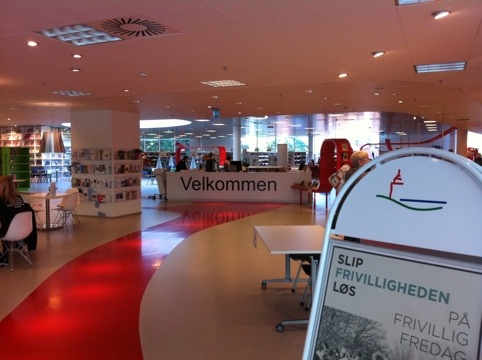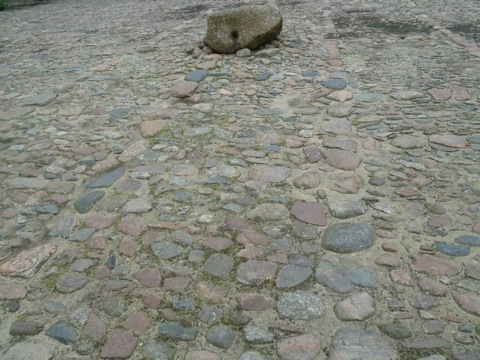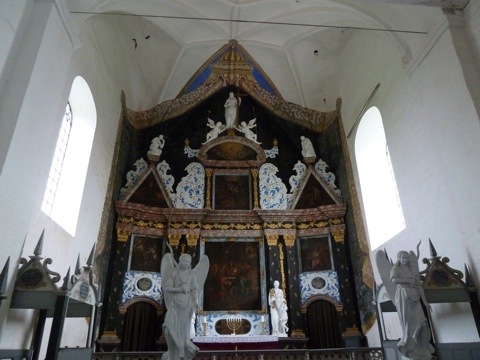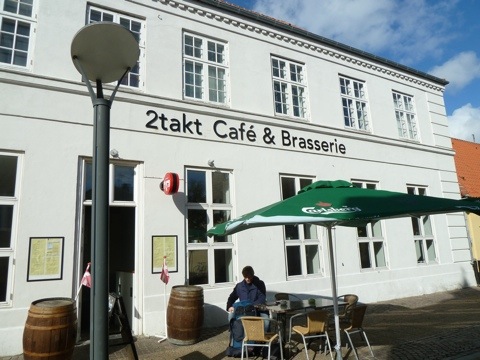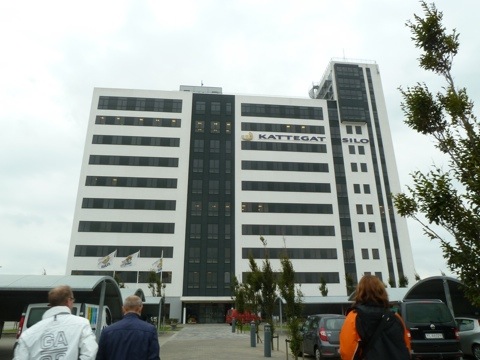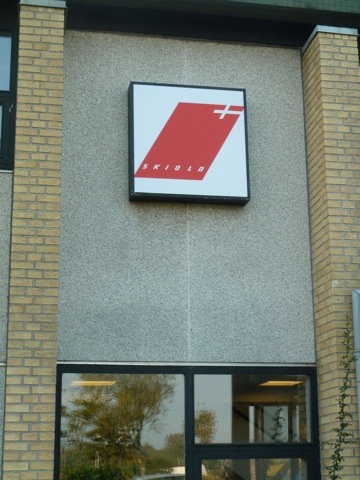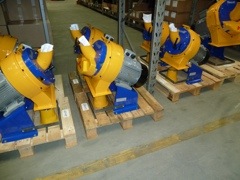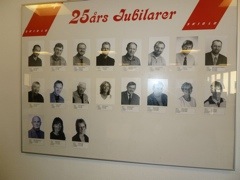Sadly, today was the very last day of our GSE adventure in Denmark!
I was going to use the Danish word for ‘end’ in the title of this blog but then I thought that it may be a little confusing for our Australian relatives and friends!
Tomorrow we all head our separate ways, Marian will be travelling to Germany, Phylis to Italy, Elizabeth to Norway, Laura to Bali and your-truly will be travelling straight back to Adelaide (someone has to work!!).
Anyhoo, our day went something like this…..
Minus one soldier (Laura was unfortunately sick for the day and had to recover at home), we began with a guided tour of the large oceanic fishing vessel, “Isafold” which was moored at Hirtshals and unloading a catch. The modern ship was ordered in 2004, partially constructed in Poland and completed in Skagen during May 2006. After receiving a presentation on the ship’s history from Karsten Moelgaard, we were shown the Bridge before moving through the Engine room (the most interesting part of the ship!!). The vessel has four diesel engines; a primary 6120Hp engine and three smaller auxilliary engines used for generating electrical power on-board. The catch (typically Mackerel, Herring or smaller fish used for fish meal) is stored in chilled water tanks for which the capacity is around 2300 cubic metres. We were all impressed at the cleanliness and apparent comfort levels on the ship – crew have access to satallite TV, internet and even a small gymnasium during expeditions in the North Sea which may last for over a week.
Afterwards we moved onto the Nordic Seafood facility in Hirtshals where we received an overview of the Nordic Seafood company from Lars Olsen (Sales Director). Nordic Seafood was founded in Hirtshals in 1988 and is now part of a global supply chain owned by two of the largest fish production companies in the world, Nissui in Japan and Sealord Group Ltd in New Zealand. The global corporation has an annual turn over in excess of $4 billion EUR.
We were all very impressed with the view out across the North Sea from Lars’s office!
Following the introduction, we were taken on a tour through some of the cold stores where Nordic Seafood stock and distribute over 1000 varieties of product. As one of the largest distributors of frozen fish and shellfish throughout Europe, one of the challanges for Nordic Seafood is to correctly label all packaging in the correct language and in compliance with regulations and client needs, which may vary considerably across the 25 or so European destination countries.
At this time we all felt it was necessary to check the quality of the Nordic Seafood products, just to make sure they were Ok! We were lucky enough to be given a sample (which was almost lunch in itself!) of some of their produce which included crumbed prawns and some excellent soft calamari!!
Everyone enjoyed their little seafood snack and it was now time for a Bistro lunch at the Bryggeriet Vendia (Brewery) in Hjoerring!! The meals were fantastisk, especially when washed down with a few Vendia ales!
Afterwards we were taken to the Hjoerring Bibliotekerne (Library) which was completed about 3 years ago and is now regarded as one of the best Libraries in Europe. The Library is very modern and offers a lot of electronic media including DVDs, music, video and computer games. The interior design is really special and there are many quiet little corners where one can curl up and read a book or watch a video (TVs are located at the end of special corridors for example). I was amused (and tempted!) by the slippery dip for children, hidden between some book shelves!
We were then given a few hours free time which the girls gleefully used for shopping purposes! I climbed Mount Hjoerring (a challenging 80m climb!) with Kristian!
In the evening we gave our final presentation to the Hirtshals, Hjoerring and Hjoerring morning Rotary clubs. We took the opportunity to talk about what we have learnt in Denmark, and what we’ve gained from the GSE experience. The evening was topped off with fantastic speeches from Asbjorn Isaksen (District Governor) and Finn Munk (GSE Chairman) and then we all said our goodbyes (with a few tears, mainly from Marian!).




